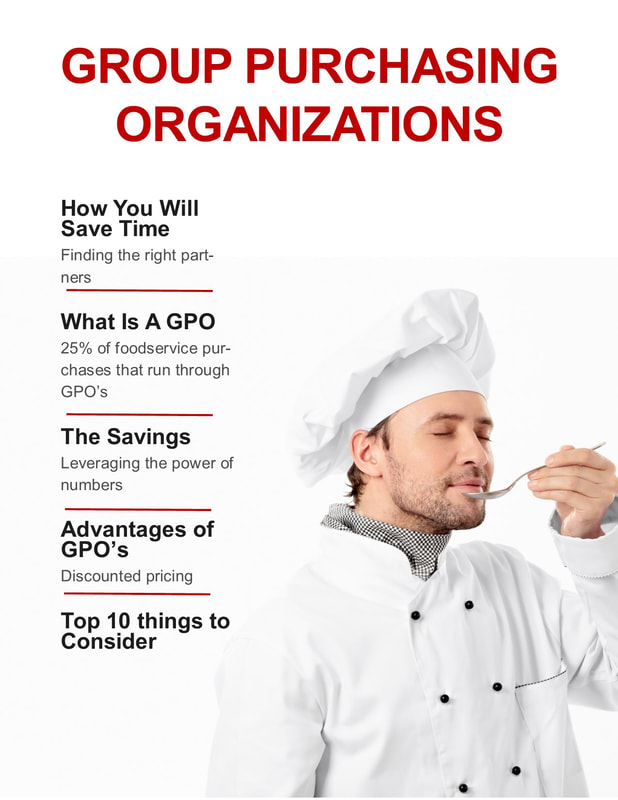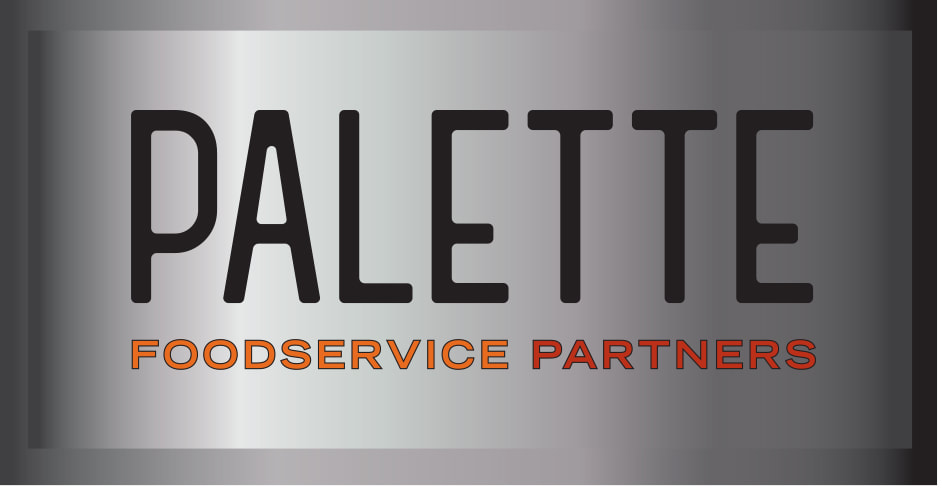 The reach of social media can make it easy to reach people far from where your business is operating – and to be sure, it has helped some brands expand to new audiences as a result. But that opportunity for scale can be a distraction if there is more you can be doing to connect with the people who live in your neighborhood. A recent Forbes report notes that more restaurants are refocusing their marketing on their local communities, while also reaping benefits from technology that can capture business from the area. There is good reason for it because local marketing efforts have a lot of potential power right now: Research has found that nearly half of all Google searches include local intent and 97 percent of users search online to find a local business. When they do, nearly 25 percent of all clicks and mobile taps end up going to the first result listed in a local business search. To take best advantage of potential sales in your community, make sure you’re appearing high up in local online searches. Your Google My Business listings, use of local keywords, and positive guest reviews can all help boost your local SEO. Think of your local community and culture when you are planning your menu, sourcing special ingredients to feature, and considering who can appear at your events and help you get the word out about them. Mine your data to better understand cultural preferences and seasonal demands as you craft promotions. On social media, use geo-targeted ads and engage with the networks to interact with guests and encourage positive reviews. When global events occur that you want to support in some way, act locally by supporting or promoting a related local cause.  In recent weeks, gas prices have hit all-time highs in the U.S., with the average price of regular, unleaded gas reaching $4.25 per gallon in March, according to AAA. The high prices, along with record-high inflation in general, have started to impact consumers’ buying decisions. A recent Restaurant Dive report said that consumers have been driving shorter distances to go to quick-service and full-service restaurants alike – opting for those within a five-mile drive as opposed to venturing to those over 30 miles away. Gas prices aren’t likely to come down soon, so it’s worth zeroing in on hyper-local guests as you plan promotions. Are there upcoming events in your neighborhood that could generate traffic for you if you offered a related promotion? Does your customer relationship management system have the capability to send offers to people who happen to be within a small radius of your restaurant? If your best guests aren’t located right in your neighborhood, could you explore offering your food at festivals or other venues that feature a wide mix of food options and are more apt to draw people from a distance? It’s also a good time to dial into your neighborhood a bit more and partnering with local businesses and other organizations to demonstrate your commitment to your community – being front-of-mind with the consumers closest to your door could help you stabilize business during uncertain times.  As much as we all hoped and expected this summer would represent a return to pre-pandemic gathering and eating out, the delta variant has had other plans in store for many parts of the country. Restaurant operators, again, have been put in the challenging position of having to be enforcers of ever-fluctuating state and local regulations – all while continuing to juggle ongoing labor and supply shortages. If you haven’t already, it’s a good time to take a look back at your early-pandemic playbook and identify income streams that might help you weather the current challenges. That could mean posting new products for sale on your website, offering cocktails to-go if allowed in your state, and promoting family-style meal packages for guests who crave your food but aren’t yet comfortable eating out. Consider how your restaurant might adapt to the current situation of local consumers – whether that be a continuation of working from home or the beginning of hybrid work. Try to create stability, wherever possible, for both guests and staff. That could involve sticking with delivery and takeout service only (at least for the time being) or operating on a limited but set schedule. While it may feel like you’re missing opportunities to generate sales, guests and employees alike are likely to value predictability. Your loyalty program may help you here too. Do you want to boost visits on particular days and times? Increase your carry-out business while dine-in business is uncertain? Consider how you can incentivize your most loyal guests to help you keep business humming. As the pandemic has called for people to work, learn, eat and shop from home, attitudes about the best places to live have shifted too. The suburbs and some rural areas have experienced a lift as people have left cramped urban quarters behind. A survey conducted by Zillow last spring found that the rise in remote working was generating a property-buying spike in suburbs and smaller cities. What’s less clear is how temporary that suburban shift will be. As a result, it’s become a bit more difficult for restaurant operators to know who their customers are – and how their preferences may differ from those in pre-pandemic times. Your in-store technology should be providing real-time updates to help you manage business day to day, but it’s important to keep an eye on the larger picture too. Datassential’s Firefly database is one new tool that lets users examine the restaurant landscape in any city or geographical region. It pulls from demographic data including average household income, median age and other factors to help operators get a better sense of how their community is changing – and how they will have to adjust as a result. Overall, the suburban shift has much to offer restaurant operators, including greater flexibility with space, lower costs, and less competition from other chef-driven concepts. A recent report from US Foods says succeeding with
current suburban diners is about offering value and variety, while accommodating their interest in being adventurous. Whether we’re talking about seniors isolated at home in recent months or businesses trying to navigate the challenges of lockdowns and a strained economy, it’s clearer than ever that our relationships with other people and organisations can provide a lifeline. To support one another, businesses – particularly those with complementary needs – are creatively stretching the traditional boundaries we have grown accustomed to in an effort to keep the economy going. For example, a recent Foodservice Impact Monitor from Technomic said that to protect employees threatened with job cuts, McDonald’s and the grocery store chain Aldi created an employee-sharing partnership in Germany. The agreement allows workers from McDonald’s to sign up for temporary work at Aldi. It helps Aldi to manage the surge in business it has been experiencing and helps McDonald’s to manage its reduced staffing needs at the moment – all while keeping people employed. Looking at your operation and how your need for staff and support likely ebbs and flows, how can you make the best use of the resources you have? You may have expertise, tools, staff or inventory that can benefit other businesses and organizations in your community. Whether you compete directly or not with those organizations, you collectively contribute to what makes your community appealing to consumers. Consider what you can offer and then tap into your local network to pool resources.
The past decade brought quality restaurants to just about every corner of the country – well beyond restaurant cities like San Francisco, New York and Chicago. This was among the eight trends that New York Times food critic Pete Wells identified in his recent look back at what has happened in restaurants since 2010. This shifting of the restaurant landscape has set the stage for a focus on all things local: Team Four’s corporate chef predicts that in 2020 we can expect more hyper-local food, with restaurants in smaller metro areas driving the push to connect consumers with the foods and flavors of the local region. Your marketing efforts should follow suit. The marketing website jeffbullas.com offers seven guidelines for hyperlocal business marketing: First optimize your Google My Business listing, representing your business in the way people would search for it (not necessarily its legal name). Then offer local content – blogs, videos, articles, graphics, quizzes – and build them upon events or special features of your region. Make your contact information stand out on your site. On Google, categorize your business as local, including structured data mark-up for your business to help the search engine find you. Your site should both help people locate you online and present itself in a way that converts online visits into sales. If you have multiple locations, create individual landing pages for each business location, which will help elevate your appearance in search and improve your local rankings. Finally, use hyper-local advertising, bringing together location-tracking features and geo-fencing to help you direct content to people in a specific location around you – and hopefully lead them to your business.
|
Subscribe to our newsletterArchives
April 2024
Categories
All
|







 RSS Feed
RSS Feed